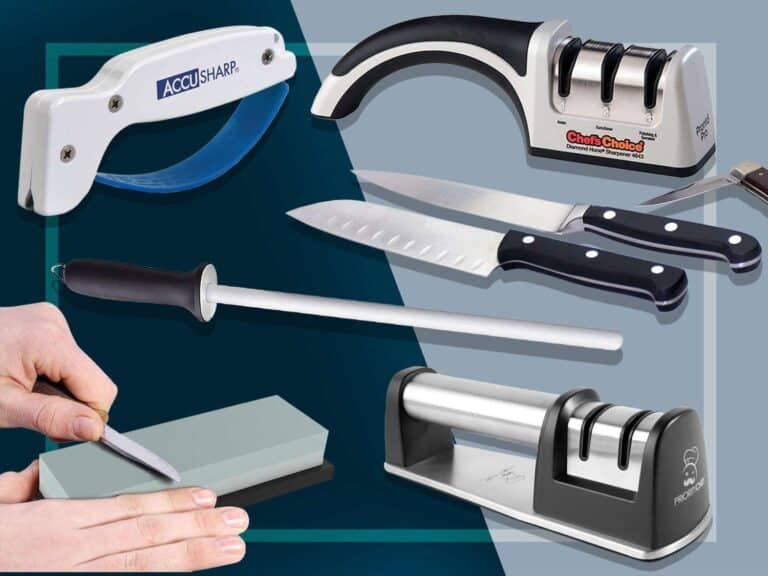Is Silicon Carbide a Metal or Ceramic? The Hybrid Nature of Silicon Carbide
Silicon carbide is a material that has puzzled scientists for decades. On one hand, its chemical composition and properties seem to align more closely with those of ceramics, while on the other hand, it displays metallic characteristics in some aspects.
This unique material has been gaining popularity in various industries due to its exceptional properties, such as high thermal conductivity, high-temperature stability, and chemical resistance. With its versatility and increasing use, it’s essential to understand the hybrid nature of silicon carbide, and whether it’s a metal, a ceramic, or something else entirely.
In this article, we’ll dive deep into the properties of silicon carbide, explore its various applications, and answer the question once and for all: Is silicon carbide a metal or a ceramic? Get ready to discover the hybrid nature of this fascinating material.
What is Silicon Carbide?
Silicon carbide (SiC) is a compound made up of silicon and carbon. It is a crystalline material with a Mohs hardness of 9.5, which is one of the hardest materials known to man. Silicon carbide has a high melting point of 2,730 °C and is a semiconductor material with a wide bandgap, making it useful for high-temperature and high-power applications.
Silicon carbide can be found naturally in the form of moissanite, a rare mineral that is often used in jewelry. However, most silicon carbide used in industry is synthetic and produced by a high-temperature reaction between silica and carbon.
Properties of Silicon Carbide
Silicon carbide has many unique properties that make it a desirable material for a variety of applications. Some of its key properties include:
- High hardness: Silicon carbide is one of the hardest materials known to man, making it ideal for applications that require resistance to wear and abrasion.
- High thermal conductivity: Silicon carbide has a thermal conductivity that is higher than that of most metals, making it useful for applications that require efficient heat transfer.
- High chemical resistance: Silicon carbide is resistant to most acids, bases, and other chemicals, making it useful for applications in harsh environments.
- High strength: Silicon carbide has a high strength-to-weight ratio, making it ideal for applications where strength is important but weight must be kept to a minimum.
- High temperature resistance: Silicon carbide can withstand extremely high temperatures, making it useful for applications in high-temperature environments.
- Semiconductor properties: Silicon carbide is a semiconductor material with a wide bandgap, making it useful for high-temperature and high-power applications.
Is Silicon Carbide a Metal or Ceramic?
Now that we have explored the properties of silicon carbide, we can determine whether it is a metal or a ceramic material. The answer is that it is technically a ceramic material, although it has some properties that are similar to metals.
Ceramics are non-metallic, inorganic materials that are typically made by heating a mixture of powders at high temperatures. Ceramics are known for their hardness, chemical resistance, and high-temperature stability. Silicon carbide fits all of these criteria and is therefore considered a ceramic material.
However, silicon carbide also has some properties that are similar to metals. For example, it has a high thermal conductivity and a high strength-to-weight ratio, which are properties that are often associated with metals. Additionally, silicon carbide is a semiconductor material, which means that it has properties that are similar to both metals and non-metals.
Applications of Silicon Carbide
Silicon carbide has a wide range of applications due to its unique properties. Some of its most common applications include:
- Electronics: Silicon carbide is used in high-power electronics such as inverters, motor drives, and power converters. Its high thermal conductivity and wide bandgap make it ideal for high-temperature applications.
- Automotive: Silicon carbide is used in automotive applications such as brake pads, clutches, and bearings. Its high strength and wear resistance make it ideal for these applications.
- Industrial equipment: Silicon carbide is used in a variety of industrial equipment such as cutting tools, grinding wheels, and abrasives. Its high hardness and wear resistance make it useful for these applications.
- Aerospace: Silicon carbide is used in aerospace applications such as turbine components and heat shields. Its high temperature resistance and strength-to-weight ratio make it ideal for these applications.
- Medical devices: Silicon carbide is used in medical devices such as surgical tools and implants. Its biocompatibility and chemical resistance make it useful for these applications.
- Renewable energy: Silicon carbide is used in renewable energy applications such as solar inverters and wind turbines. Its high efficiency and reliability make it ideal for these applications.
- Lighting: Silicon carbide is used in lighting applications such as LED lights. Its high thermal conductivity and low thermal expansion coefficient make it useful for these applications.
As you can see, silicon carbide has a wide range of applications due to its unique properties. Its versatility makes it an important material in many industries.
The Future of Silicon Carbide in the Materials Industry
As the demand for high-performance materials continues to grow, silicon carbide is poised to play an increasingly important role in the materials industry. The unique properties of silicon carbide make it a versatile material that can be used in a wide range of applications, from high-temperature furnace linings to next-generation solar cells.
In recent years, there has been a surge of interest in silicon carbide as a material for power electronics and semiconductors. Silicon carbide offers several advantages over traditional materials such as silicon, including higher power efficiency and faster switching speeds. As a result, silicon carbide is being used in an increasing number of applications, from electric vehicles to renewable energy systems.
The future of silicon carbide is bright, as researchers continue to explore its unique properties and potential applications. As new manufacturing techniques and applications are developed, the demand for silicon carbide is expected to grow significantly in the coming years.
Conclusion
In conclusion, silicon carbide is a ceramic material that has some properties that are similar to metals. It is known for its hardness, high thermal conductivity, chemical resistance, and high-temperature stability. Silicon carbide is used in a wide range of applications, including electronics, automotive parts, industrial equipment, aerospace components, medical devices, renewable energy, and lighting.
While there may be confusion about whether silicon carbide is a metal or ceramic material, the answer is that it is technically a ceramic material. However, it has some properties that are similar to metals, making it a unique and versatile material for a variety of applications.






